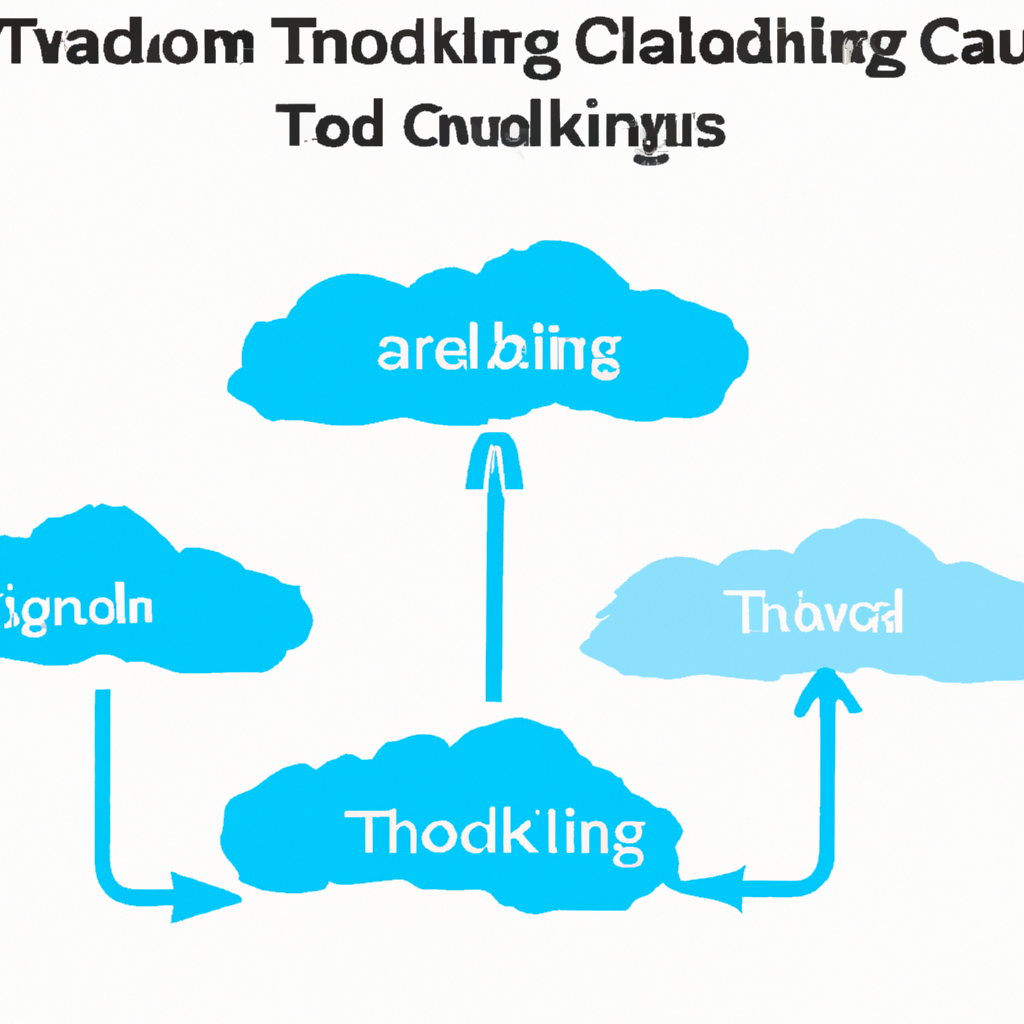
Utilizing Ichimoku Cloud for Effective Trading Signals
Ichimoku Cloud Trading Signals
Introduction
The Ichimoku Cloud, also known as Ichimoku Kinko Hyo, is a versatile indicator that defines support and resistance, identifies trend direction, gauges momentum, and provides trading signals. It consists of five lines that help traders to visualize trading opportunities in the market.
Components of Ichimoku Cloud
Tenkan-sen (Conversion Line)
The Tenkan-sen is a short-term indicator that shows the average of the highest high and lowest low over the last nine periods. It is used to identify short-term trends.
Kijun-sen (Base Line)
The Kijun-sen is a medium-term indicator that shows the average of the highest high and lowest low over the last 26 periods. It is used to identify medium-term trends.
Senkou Span A (Leading Span A)
Senkou Span A is the average of the Tenkan-sen and Kijun-sen, plotted 26 periods ahead. It forms the lower boundary of the cloud in the Ichimoku Cloud. It is used to identify potential support and resistance levels.
Senkou Span B (Leading Span B)
Senkou Span B is the average of the highest high and lowest low over the last 52 periods, plotted 26 periods ahead. It forms the upper boundary of the cloud in the Ichimoku Cloud. It is used to confirm the strength of the trend.
Chikou Span (Lagging Span)
The Chikou Span is the closing price plotted 26 periods behind. It is used to confirm the direction of the trend.
Trading Signals
1. Cloud Color Change
When the price is above the cloud, it indicates a bullish trend, and when the price is below the cloud, it indicates a bearish trend. A change in the color of the cloud from red to green or vice versa signals a potential trend reversal.
2. Crossover of Tenkan-sen and Kijun-sen
A bullish signal is generated when the Tenkan-sen crosses above the Kijun-sen, indicating a potential buying opportunity. A bearish signal is generated when the Tenkan-sen crosses below the Kijun-sen, indicating a potential selling opportunity.
3. Price and Cloud Interaction
When the price is above the cloud, it acts as a support level, and when the price is below the cloud, it acts as a resistance level. A breakout above or below the cloud can signal a potential trend reversal.
4. Chikou Span Confirmation
When the Chikou Span crosses above the price, it confirms a bullish trend, and when the Chikou Span crosses below the price, it confirms a bearish trend. This can be used to validate trading signals generated by other components of the Ichimoku Cloud.
Conclusion
The Ichimoku Cloud is a powerful tool for traders to identify trends, gauge momentum, and generate trading signals. By understanding the components of the Ichimoku Cloud and how to interpret its signals, traders can make informed decisions and improve their trading performance.